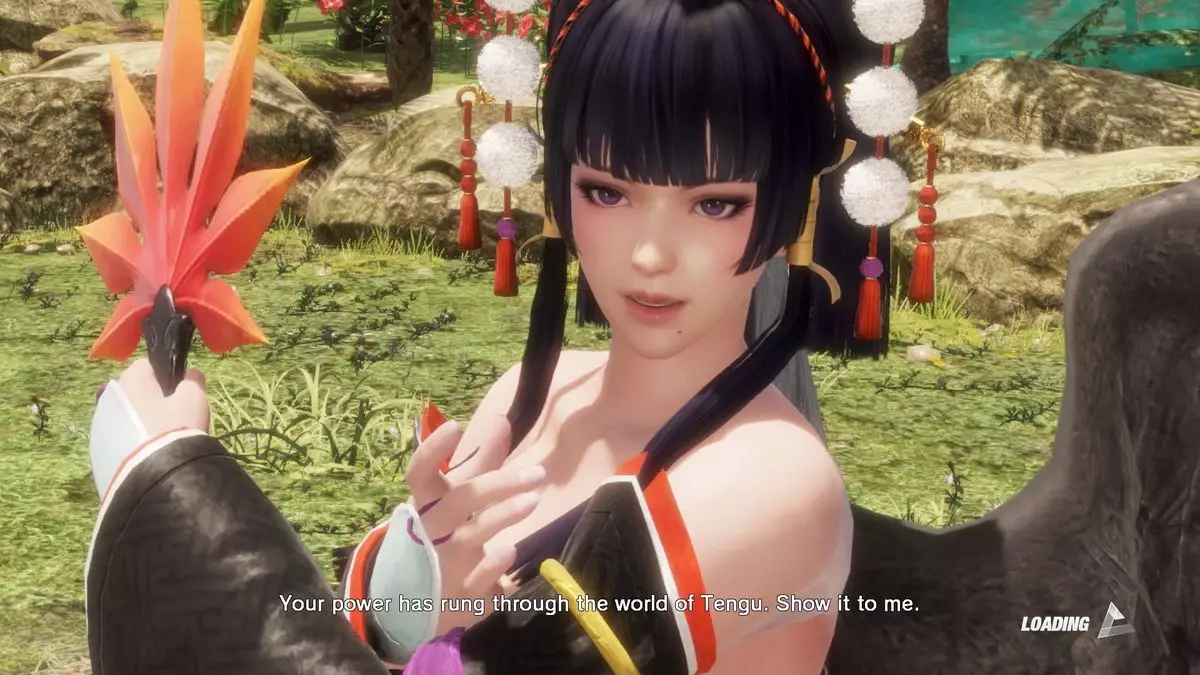In the vast realm of gaming culture, fanart occupies a unique and often controversial space. It serves as a vehicle for fans to express their love for characters and stories, yet it can also prompt complex legal and ethical discussions. Publishers like Koei Tecmo find themselves in a delicate position as they navigate the fine line between fostering creativity and protecting their brands from potential harm. The recent insights from Tomotoshi Nishimura, Koei Tecmo’s general manager of legal affairs, illuminate the company’s philosophy towards fanart and its implications for both creators and the corporation.
From Nishimura’s perspective, Koei Tecmo maintains a largely supportive stance on fan creations. The company recognizes the positive role of fanart in promoting engagement and community among gaming enthusiasts. Sponsoring high-profile events such as Comiket underscores this supportive approach, enabling artists to sell their interpretations of beloved characters. This indicates a willingness to embrace fan culture, provided it remains within certain boundaries. Nishimura’s comments suggest that Koei Tecmo views fanart not merely as a byproduct of its intellectual property, but as a celebration of its achievements in character and story design.
However, the organization does not shy away from taking stringent measures against fanart that crosses established lines. The frequency with which Koei Tecmo enforces restrictions—up to three thousand instances annually—speaks volumes about the careful balance they strive to maintain. This vigilance is particularly evident when fanart may present characters in ways deemed inappropriate or misleading.
The rationale behind this strict oversight primarily revolves around the safeguarding of brand integrity and reputation. According to Nishimura, the company takes action especially against works that misrepresent characters or turn them into vessels for adult-oriented content. This is a notable concern, particularly in light of the often sexualized nature of the official art associated with series like Dead or Alive. The juxtaposition of developers, whom Nishimura likens to viewing their characters as “daughters,” with the sexually provocative art on display creates a dissonance that can obscure the company’s intentions.
Identifying and curtailing fanart based on unreleased games is another critical measure of preemptive brand control that underscores Koei Tecmo’s rigorous approach to protecting its intellectual property. This anticipatory action not only maintains narrative integrity but also anticipates potential legal challenges that could arise from the misuse of copyrighted elements still in development.
The ramifications of Koei Tecmo’s policies extend beyond mere restrictions. They reflect a complicated relationship where creativity must be constantly weighed against commercial interests. Artists navigating these waters may find themselves caught in an intricate web of expression and regulation, raising vital discussions around ownership and the rights of creators in a digital age.
While Koei Tecmo’s guidelines provide a framework for fanart creation, they simultaneously present challenges for artists who wish to explore their creative horizons. The ongoing dialogue about the importance of supporting fan creations without compromising brand integrity is crucial within the gaming industry. As the landscape of fanart continues to evolve, both creators and publishers must adapt to strike a harmonious balance that respects artistic expression while protecting the essence of their intellectual properties.

